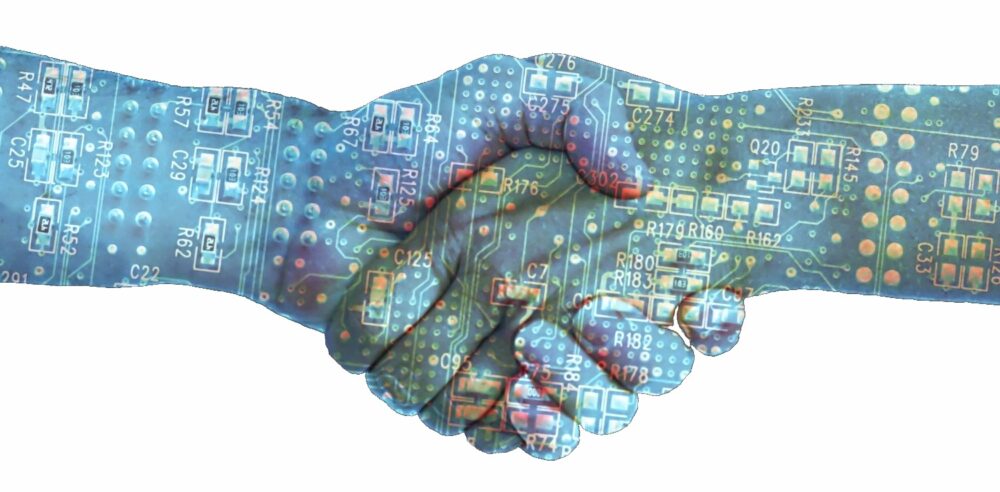Blockchain: Smart Assets and Smart Contracts in Simple Terms
Today, let’s talk about technologies like smart assets and smart contracts, which, of course, operate within the framework of blockchain.
Smart Assets
The blockchain technology mentioned above can be used to maintain registries of any kind, inventory, and track transactions with assets in the financial sector, various industries, and for monetary settlements, as well as operations with both tangible (physically perceptible) and intangible assets. This use of blockchain technology creates opportunities for the development of various classes of applications in all business segments related to money, markets, and financial transactions. An asset provided on the blockchain becomes a smart asset, which can be transacted using smart contracts.
The main idea behind smart assets is to enable transactions with any property using blockchain-based models. All assets can be registered in a distributed ledger, and ownership can be managed by anyone who holds the secret key. The owner can sell the asset by transferring the secret key to another person. Thus, a smart asset is an asset whose ownership is regulated through the blockchain using contracts in accordance with current legislation.
For example, a smart contract set up appropriately can automatically transfer ownership of a vehicle from a finance company to an individual after all loan payments have been made, which is automatically confirmed by other smart contracts on the blockchain. In short, a smart asset is something registered digitally on the blockchain. Built-in technological solutions make this possible: software code, sensors, QR codes, NFC tags, iBeacons, Wi-Fi network access, and more. Any “smart” home is a smart asset and a good example of one. All things in the “Internet of Things” are smart assets if they are registered on the blockchain.
Smart Contracts
The general concept of blockchain-based smart contracts stems from the idea of smart assets. In the context of blockchain, contracts or smart contracts mean transactions in a distributed ledger that go beyond simple buying and selling. They can include more complex functions. A contract is a way to use Bitcoin to form agreements via the blockchain.
A contract in the traditional sense is an agreement between two or more parties to perform or not perform some action in exchange for something. Each party must trust the other to fulfill their obligations. Unlike traditional contracts, smart contracts may look like agreements to perform or not perform actions, but they eliminate the need for trust between parties. The reason is that a smart contract is both defined and executed automatically by code running on the blockchain, leaving no room for “human error.”
Smart contracts have three main properties: autonomy, self-sufficiency, and decentralization. Autonomy means that once the contract is launched, there is no need for further interaction with the initiator. The contract’s self-sufficiency ensures resource mobilization and implies that contracts can collect funds by providing services or issuing securities, and spend them on necessary resources—such as computing power or storage. Smart contracts are decentralized, meaning they are not concentrated on a single central server but are distributed across network nodes, where they execute independently.
An example of a smart contract is a vending machine. Unlike a human, it operates based on an algorithm. Every time, it follows the same instruction: after you insert money, the machine dispenses the product. It cannot fulfill the contract partially—unlike a person (assuming the machine is working properly).
Based on materials from: M. Swan – Blockchain: Blueprint for a New Economy, 2017



